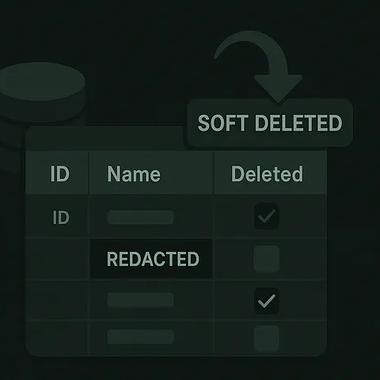You have dreamt up a fantastic app idea that will deliver your customers greater value and accelerate your company’s digital transformation. You are raring to go and excited about this thrilling next step in your business journey. But you are not quite sure what to do now.
How do you make your app a reality? How do you communicate your vision to the people who can design, develop and release it?
This is where app project briefs come in. App project briefs are a way of sharing your app ideas with developers. They feature details on what you want the app to do, who you want it to target and how it will achieve your business goals, amongst other things. Essentially, they outline the project and provide developers with the information they need to start building your app.
In this article, we walk you through the process of drafting an app project brief and provide a few top tips to ensure you get it right. So, if you are thinking of developing a business app and need some help starting, read on!








